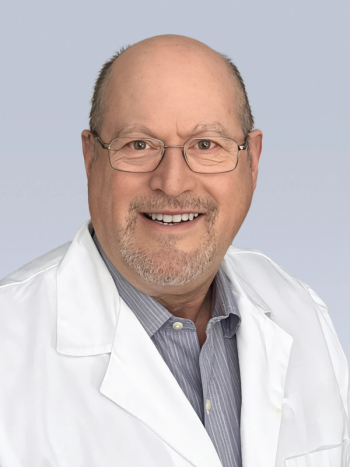
How Do We Produce the Best Outcomes in Rare Thymic Neuroendocrine Tumors?
A retrospective analysis found that surgical resection and radiotherapy are linked to superior outcomes in patients with thymic neuroendocrine tumors.
A large retrospective analysis found that surgical resection and postoperative radiotherapy (PORT) are linked to superior outcomes in patients with thymic neuroendocrine tumors (TNETs).
Primary TNETs are very rare mediastinal malignancies, accounting for approximately 5% of all thymic neoplasms and defined separately from thymomas. “Similar to other neuroendocrine tumors, TNETs exhibit aggressive biological behavior and are always associated with endocrinopathies, such as Cushing’s syndrome and multiple endocrine neoplasia type 1 (MEN-1) syndrome,” wrote study authors led by Junmiao Wen, MD, of the Fudan University Shanghai Cancer Center in China. “Although surgical resection is the recommended option for curative-intent treatment, prognosis remains poor.”
The effect of PORT has remained controversial in this malignancy, so the authors conducted a retrospective analysis using SEER data to evaluate its effect, as well as differences between different types of surgery. The results were
The study included a total of 3,947 thymus tumor patients diagnosed between 1998 and 2015. Of those, 293 patients (7.4%) were diagnosed with TNETs, 2,788 patients (70.6%) had thymoma, and 866 patients (21.9%) had thymic carcinoma. The patients with TNETs were more likely to be male (68.9% vs 50.6% for thymoma and 59.8% for thymic carcinoma; P < .001), and were younger at diagnosis (59 years vs 60 and 62 years, respectively; P < .001). They were also more likely to be white, had higher disease stage at diagnosis, and were more likely to have regional lymph node metastases.
TNET patients were followed for a median of 38 months. The median overall survival (OS) in these patients was 82.9 months, and the median cancer-specific survival (CSS) was 101.9 months. The OS was better in TNET patients than in thymic carcinoma patients but worse than in thymoma patients.
The authors matched 97 TNET patients who underwent surgery with 97 who did not. Among those, the median OS was 103.4 months with surgery, and 50.0 months without (P < .001), and the median CSS was 118.5 months and 61.6 months, respectively (P < .001). On a multivariate analysis, surgery was a significant predictor of CSS, with a hazard ratio of 3.429 (95% CI, 1.482–7.933; P = .004). Patients who underwent debulking tumor resection had significantly shorter OS than those who underwent a full resection.
In the full cohort, PORT was not independently prognostic for OS or CSS, but there were differences when stratified by Masaoka-Koga (M-K) stage. There was no difference between PORT and non-PORT groups at stages I–IIA, but PORT had a favorable impact on survival in those with M-K stage III–IV and in stage IIB. In that latter group, PORT patients had a median OS of 92 months, compared with 65 months in those who did not receive PORT.
Though this was the first study to demonstrate the benefit of PORT in stage-specific NETs, the authors noted the limitations of a retrospective analysis. “Because of the rarity of this disease, prospective analysis is still lacking and further investigation is necessary,” they concluded.
"Real-world population data such as these are essential to our understanding in rare diseases such as thymic NETs, though it is always important to remember that unmeasured covariates, of which there are many in large population registries, can bias the results in unpredictable ways," he said.
Newsletter
Stay up to date on recent advances in the multidisciplinary approach to cancer.














































































